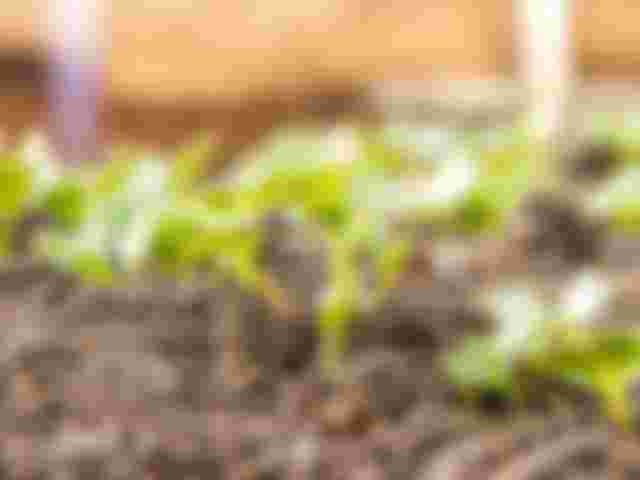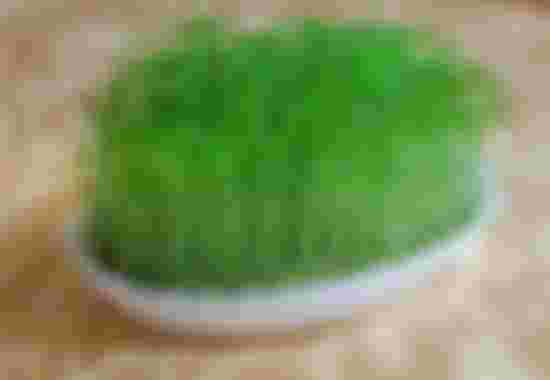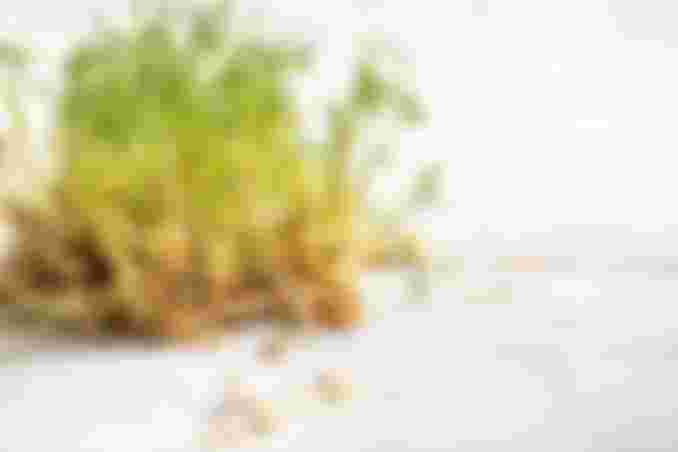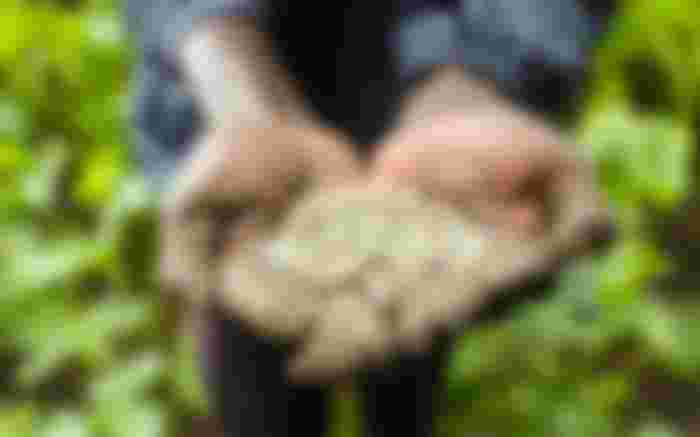Planting of lentils

According to the recommendations of the Bangladesh Institute of Nutrition and Food Science, each person should consume an average of 112 grams of pulses per day. As such, we need 5 million tons of pulses a year. In the balanced food list prepared by the World Food and Agriculture Organization, each person needs to have 56 grams of pulses daily. An average person needs 2,300 kcal of energy per day. Grains and sugars usually provide energy in pulses, vegetables, fruits, oily foods and animal foods.
Planting techniques of lentils

Sandy loam and clayey soils with good drainage are suitable for lentil cultivation. Soil acidity (pH) is better when it is between 7.5-6.5. Lentils are drought tolerant crops and grow well in rainfed areas. In climatic terms, Rabi season is suitable for lentil cultivation in Bangladesh. Its sowing starts from mid-October and the seeds can be sown till mid-November. If lentil seeds are not sown in time, the yield is reduced.
Born

Utphala (L-5) is an approved variety.
Land ready

Because of the small size of the lentil seeds, the land has to be made very rough and soft. After harvesting the advance variety of paddy or jute, the land has to be prepared by cultivating the land 3-4 times in a straight and horizontal manner with a ladder. Lentils can be cultivated without irrigation after the rain water has left the silty soil. Since lentil trees cannot tolerate waterlogging, drainage has to be done at the time of land preparation.
Fertilizer application

The alluvial soils of the river basin are naturally fertile and there is no need to apply organic manure in such lands. In other regions, soil fertility can be enhanced by applying organic manure to sandy loam or clay loam soils. In this case 5-6 tons per hectare of decomposed fertilizer should be applied during land preparation. In addition, good yield is obtained by applying 6-7 kg urea fertilizer and 16-250 kg single super fossil per hectare. These fertilizers have to be sprayed on the land during the last cultivation. The presence of small amounts of secondary nutrients in the soil, such as cobalt and molybdenum, increases the proliferation of symbiotic bacteria, resulting in higher nitrogen binding in the soil. So in light soils it can be applied by mixing 2 kg sodium molybdate and 1 kg cobalt nitrate per hectare with that fertilizer.
Seed sowing
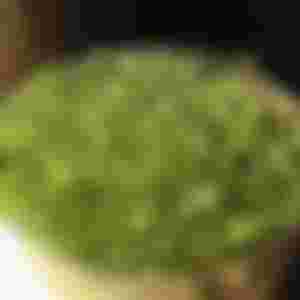
Mid-October to mid-November is the best time to sow lentil seeds. Although seeds can be sown either by sprinkling or in rows, since there is no difference in the yield of lentils, the seeds are usually sown by sprinkling at the time of last cultivation. However, if you want to sow in rows 30 sec. Mr. Rows can be made at distances. In this case 30-35 kg seed is required per hectare. Yield is increased by applying appropriate inoculum before sowing if there are less nitrogen-producing bacteria in the soil. However, if lentils have been cultivated in the land before, there is no need to apply primary urea and bacterial fertilizers.
Interaction

Weeds should be controlled by weeding within 30-35 days of sowing. If the tree is dense, it can be thinned. Generally, irrigation is not applied to lentil crops in Bangladesh. However, it is better to irrigate the soil by understanding the condition of the sap. Rusty and degenerative diseases cause a lot of damage to lentils. The root rot can be controlled by purifying the seeds and sowing them with Vitavax 400 (1: 400 rate). It is possible to control rust by sowing seeds without delay.
Companion crop

Lentils can be cultivated as a companion crop along with wheat, sugarcane, maize and mustard. Besides, lentils are cultivated in this country as a mixed crop with mustard.
Harvesting, threshing, sifting and storage

Usually lentils reach maturity within 90-100 days of sowing and the crop can be harvested when 80% of the field fruits are mature. Depending on the variety, 1.5-2.0 tons of grain is available per hectare. After collecting the seeds, they should be well dried in the sun and stored in earthenware pots, tins and drums in such a way that no air or insects can enter. Occasional monitoring is required during the rainy season to see if insects have been attacked.




